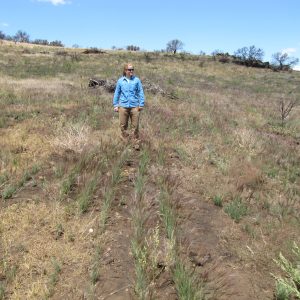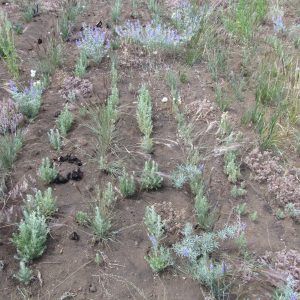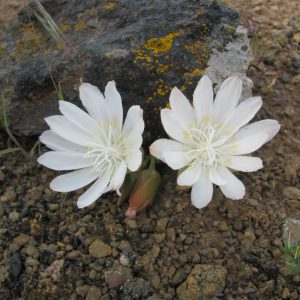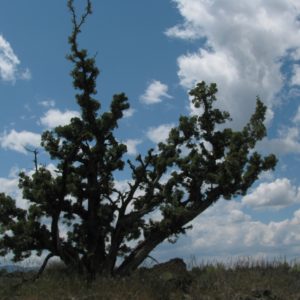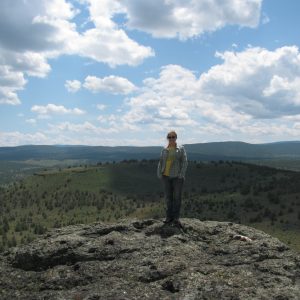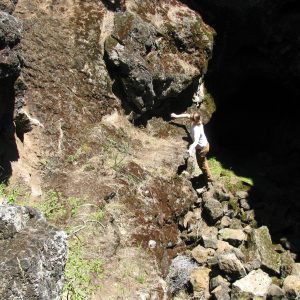When I arrived in Modoc county five months ago, I had no idea what to expect. I had read about Alturas, CA on wikipedia, but that gave me only a limited idea of what I would find (read: I was expecting a lot of cows and not very many people, which was extremely accurate). However, I was fairly certain that I would not be having the stereotypical California experience. There wouldn’t be any malls or beaches or nightlife (unless you count the unbelievable views of the Milky Way), but I was fine with that. I was ready to explore the outdoors, see beautiful places, discover new plants and animals and to make some new friends. So that’s what I did.
My freedom to explore was the best part of my experience in Alturas. Nearly every weekend I was visiting some new place in California, Oregon or Nevada or camping in the mountains just outside Alturas. At work, my mentor encouraged me to visit as many places as possible in the surrounding area, and with a resource area of over 500,000 acres spanning four counties , I always had a new place to discover. Some days I would just point to a spot on the map and head there to look for plants and seeds to collect, and other times I would ask around the office for suggestions of where to go next. I did have my favorite spots that I would revisit frequently, and it was fun to see them change through the season and to keep collecting new species there as the seasons changed. I also had a lot of freedom in the tasks I was performing at work. Although seed collection was my priority, I frequently went out in the field with range and noxious weeds staff in my office, and with US Forest Service and California Game & Fish crews as well. I also spent a lot of time at the National Wildlife Refuge just outside of town, where I learned about waterfowl monitoring, and was able to capture and band ducks and geese from an airboat at night. I met people from a wide variety of backgrounds, from seasonals like myself who were spending a summer in Modoc, to ranchers whose families had been living here for generations. I listened to people describe the ways they had gotten involved in conservation, and to others tell me about the difficulties they have with current policies and future plans. There are no simple answers, and I was reminded of this as I listened to people from all sides of the issues discuss their perspectives.
Next week I am on to a new chapter in my life. I will be working for a nonprofit land trust in Susanville, CA (about two hours south of where I am currently living) and I am really excited about experiencing the nonprofit approach to land management. I would not have this new position if not for the contacts that I have made through this job and I am sure that the skills and knowledge that I have gained will help me in the future. I will not be saying goodbye to this office for long, however, because I will be working closely with members of this office in my next job. And I’m sure that my new location will provide me access to many new places where I can continue my adventures…





